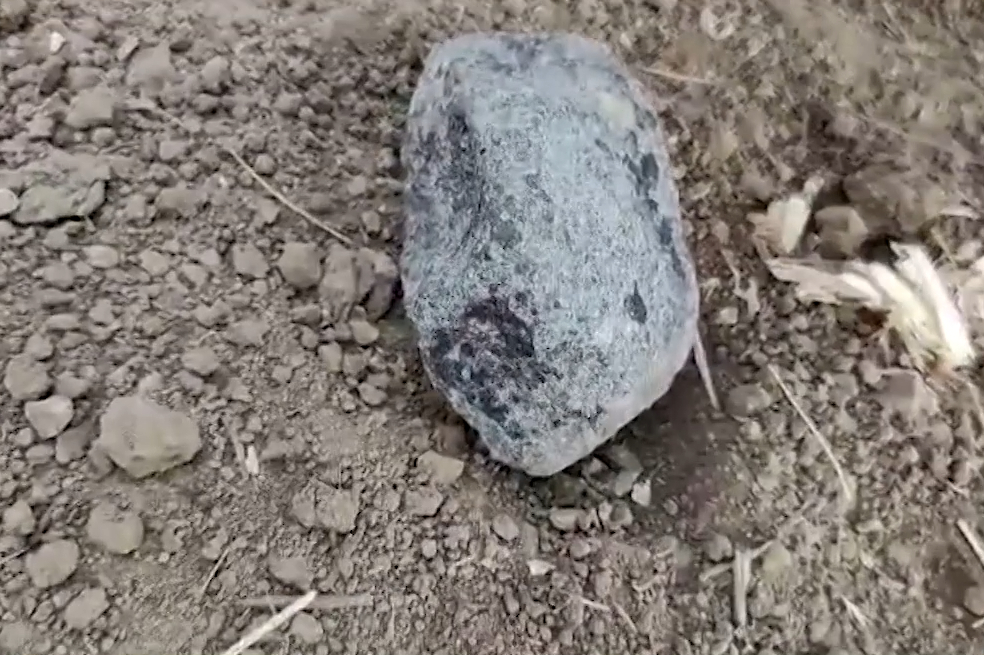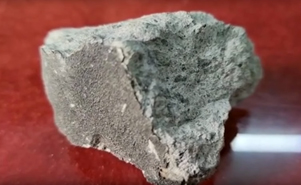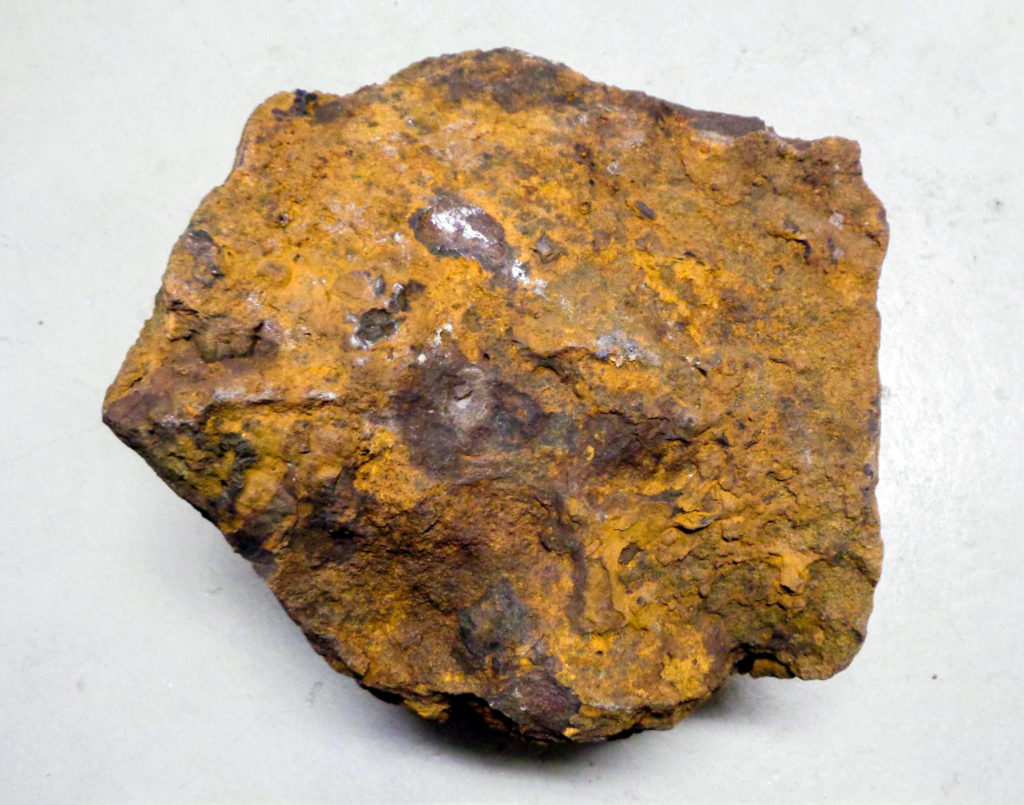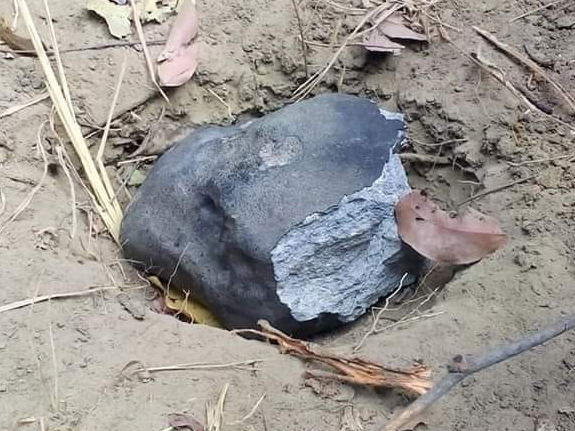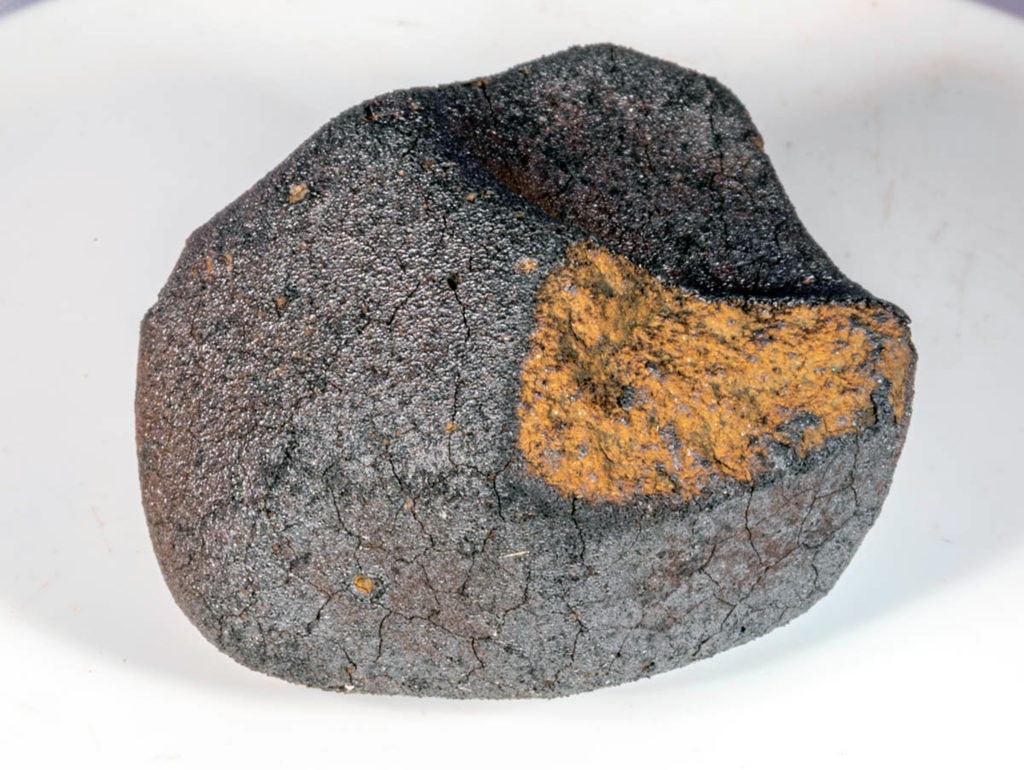Oxygen isotopic heterogeneities in refractory inclusions in the ungrouped carbonaceous chondrite Acfer 094
Timothy J. Fagan, Sachio Kobayashi, Alexander N. Krot, Hisayoshi Yurimoto
MAPS, Version of Record online: 24 June 2025
“Oxygen isotopic compositions of minerals in three Ca-Al-rich inclusions (CAIs), one amoeboid olivine aggregate (AOA) and one Al-rich chondrule (ARC) from the pristine ungrouped carbonaceous chondrite Acfer 094 were analyzed by secondary ion mass spectrometry (SIMS), including conventional spot analyses and O-isotope imaging. Most of the ARC minerals analyzed in this study are 16O-poor (Δ17O ≥ −5.4‰), with one outlier in high-Ca pyroxene (Δ17O = −10.6 ± 2.8‰), indicating that if the ARC precursors formed initially in an 16O-rich setting, isotopic compositions were mostly reset during chondrule melting in an 16O-poor environment. The CAIs and AOA analyzed are dominated by 16O-rich compositions, consistent with previous work, but partial isotopic resetting to 16O-poor compositions has been identified. Melilite with a moderately 16O-depleted composition (Δ17O = −15.7 ± 3.0‰) was identified in an AOA, and 16O-poor diopside (Δ17O = −1.9 ± 2.5‰) was identified as the outermost layer of a Wark–Lovering-like rim of an 16O-rich CAI (Δ17O ranges from −18 to −22 ± 2.5‰). The diopside layer is bounded by an inner rim of anorthite replacing melilite, which is in turn bounded by the grossite-hibonite-perovskite-spinel-bearing core of the CAI. Isotopic imaging shows that the diopside/anorthite boundary coincides with a steep gradient in O isotopic composition. Based on modeling of O diffusion in the temperature range of 1400–1500 K, thermal events that formed the diopside and anorthite rim layers were limited to durations of no more than approximately 100 days and were probably much shorter. Given the weak metamorphic alteration of Acfer 094, the partial to nearly complete O-isotope resetting of AOA, CAI, and ARC minerals analyzed in this study occurred by short-term thermal events in the solar nebula prior to the formation of the Acfer 094 parent body. Therefore, the isotopic variations identified in this study show that at least some refractory materials were transported from 16O-rich environments, where initial crystallization took place, to 16O-poor environments in the solar nebula, where subsequent crystallization and/or isotopic resetting occurred.”


